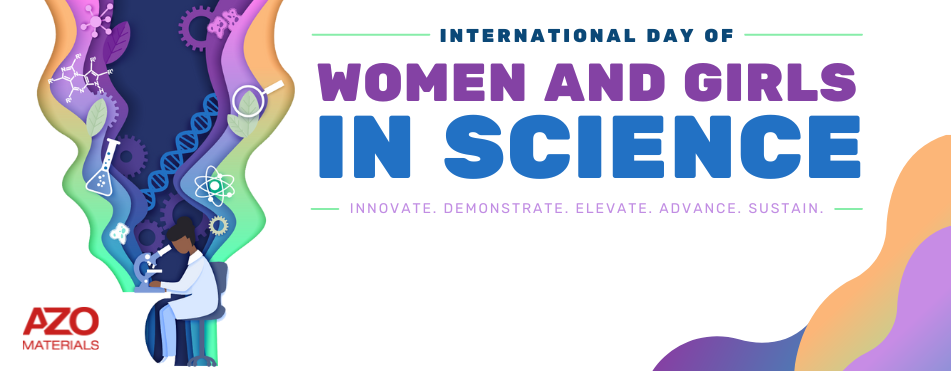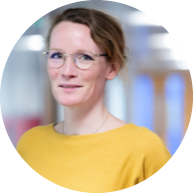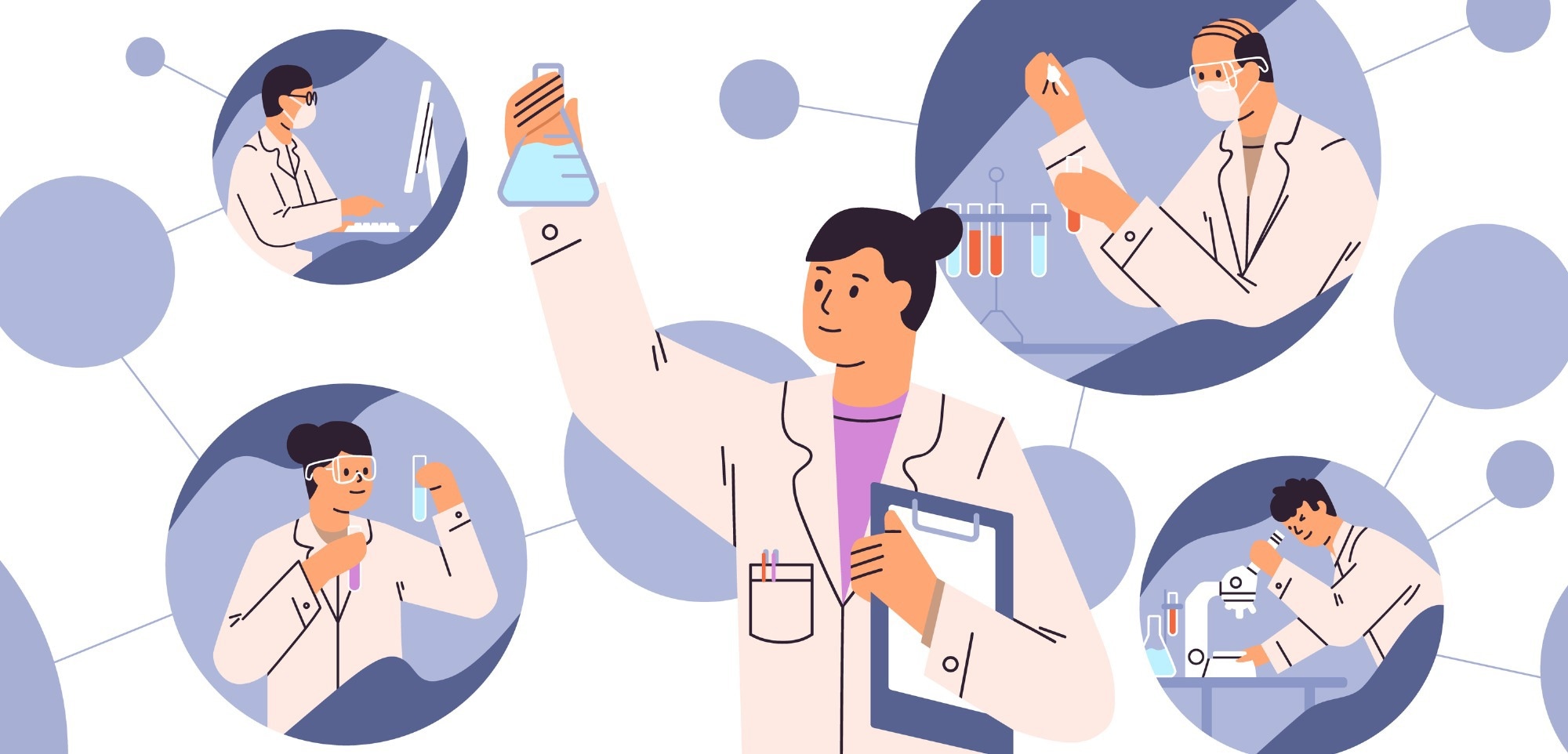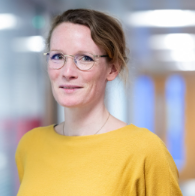
AZoM spoke with Dr. Katharina Marquardt ahead of the 2023 International Day of Women and Girls in Science. We discuss her impressive career in STEM, spanning her expertise in subjects from mineralogy to ceramic materials.
Please can you introduce yourself and your current professional role?
 I am a senior lecturer at Imperial College London in the Department of Materials.
I am a senior lecturer at Imperial College London in the Department of Materials.
How did you start out in science, and what inspired you to pursue a career in STEM?
I wish I could say I always knew… but I didn’t. I started my studies in Paleontology and Geology through a lucky accident. It followed a discussion with the bartender at the beer garden I worked in. Knowing of my joy in physics, chemistry, math, and arts he suggested taking a look at geology. I was excited from the first lecture: every feature, every nuance in the landscape, and the underlying rocks allows me to read their history or evolutional record. I quickly focused on Mineralogy, Petrology, and Structural Geology – enjoying how initial phenomenological observations relate to the quantitative assessment of the world and material properties around us. Once I discovered my love for symmetry and crystallography and how to combine my observational skills with quantitative transmission electron microscopy – my path was clearer than ever.
You are a senior Lecturer in Ceramics at the Imperial College London Department of Materials. What made you change your focus from mineralogy to materials?
Coming from a mineralogical background – I would like to highlight that a rock is a natural, poorly-defined ceramic. When trying to understand how rocks evolve or ceramics are processed, operate, or fail, the interfaces between individual crystals are key. Interfaces affect bulk properties, the promotion of deformation, chemical reactions, phase change, etc. Already in my Ph.D. I studied the interfaces in Yttrium Aluminium Garnet (YAG), a laser ceramic, yet I designed the project as an analog study for experiments applicable to natural garnet and various other minerals of geological relevance.
Could you describe your current research focuses and any ongoing projects?
My research focuses on how interfaces between individual crystals influence microstructure evolution and how this evolution relates to changes in material properties or performance and failure. I am particularly interested in how the grain boundary network can be engineered to foster particular properties. This includes aligning grain boundaries to obtain increased conductivity of solid electrolytes in ceramic batteries or evaluating solid oxide fuel cell degradation related to microstructure evolution.
Degradation of any ceramic material is based on microstructural evolution and the associated evolution of the grain boundary network. In my group, we use novel materials characterization techniques to study the fundamental mechanisms of diffusional and electric transport, deformation, or damage accumulation leading to this microstructural change. We often combine observations on individual interfaces with grain boundary character population studies. The gained fundamental knowledge leads to informed grain boundary engineering opportunities.

Image Credit: GoodStudio/Shutterstock.com
I currently work on a wide variety of projects from batteries and nuclear shielding materials to materials of the Earth's upper mantle; their smallest common denominator is grain boundary networks. With my background in analytical and structural transmission electron microscopy, energy dispersive X-ray spectroscopy and EBSD, and other advanced electron microscopy techniques, I am often involved in broader cross-disciplinary research from structural ceramics to waste disposal and environmental pollution.
Looking back over your career as a whole, are there any moments that stand out to you as being particularly enjoyable or significant?
Moments that I particularly enjoy are the moments when several observations fall into place to yield an understandable whole. Discussing research at seminars and conferences is remarkably helpful for thought processes, as circumstantial observations can be easily included. The most significant moments for my career are related to research and funding opportunities - the failures and successes influenced where my research as well as our family is today.
Many women pursuing a profession in science face additional hurdles as a result of their gender. What more could be done to address the biases that create these barriers?
In my experience, women are offered plentiful training to adapt to a male-dominated field. Usually, the idea is to learn to evolve toward a behavioral ideal of professionalism that has grown over the centuries. Consequently, this idea is based on the century-old “male professionalism” (in the widest sense I think of more male-typical behavior).
I suggest training male colleagues on how diversity and bias towards “male-typical behavior” reduce the breadth of our thought processes. Such training should cover all age groups, as even my generation exhibits surprising, gendered assumptions.
Dead or alive, who are the women who inspire you the most?
I cannot think of a single person, dead or alive, who I consider a perfect role model covering research, career, and life more generally in a manner I would like to replicate. However, I am tremendously inspired by a multitude of individuals who are each inspirational in different aspects of life. Possibly, the single woman who impacted my decision to stay in science most was Christiane Nüsslein-Vollhard. She initiated a foundation supporting women in science who have children during their Ph.D. research work from her Nobel Prize. Her support via the CNV-Foundation was encouraging to me at times of frustration.
Do you have any advice for young women or girls who wish to pursue a career in STEM?
Please do follow your career wishes, and don’t hesitate to approach problems differently. There is a plethora of possibilities to work in STEM, so keep an open mind for opportunities you didn’t expect, and never forget the beauty of science – it can be enjoyed everywhere!
Find our other Women in Science Day features here!
About Dr. Katharina Marquardt
 I am a senior lecturer at the department of Materials at Imperial College London.
I am a senior lecturer at the department of Materials at Imperial College London.
My group used novel electron microscopy in combination with other characterization techniques to study the fundamental mechanisms of microstructural evolution and degradation. We have recently been awarded EPSRC funding to setting up the Imperial Centre for Cryo Microscopy of Materials (I(CM)2) a unique cryo-electron microscopy facility that fosters research collaboration for energy materials to support a transient to net zero. We are enabling multi-length scale characterization of materials particularly for environmentally sensitive materials.
I received the EMU Research Excellence Medal 2018 for my “challenging and forefront (research) projects” and for my “contributions that have opened up new horizons”, if you are interested to read more click here. In relation to the Medal award ceremony at the Goldschmidt meeting in August 2019 in Barcelona I was interviewed by Eleanor Berryman for the Blog of the European Association of Geochemistry. The interview can be found here.
My research is supported with funding from EPSRC. Furthermore, past and present projects are funded by the Deutsche Forschungsgemeinschaft DFG.
Disclaimer: The views expressed here are those of the interviewee and do not necessarily represent the views of AZoM.com Limited (T/A) AZoNetwork, the owner and operator of this website. This disclaimer forms part of the Terms and Conditions of use of this website.